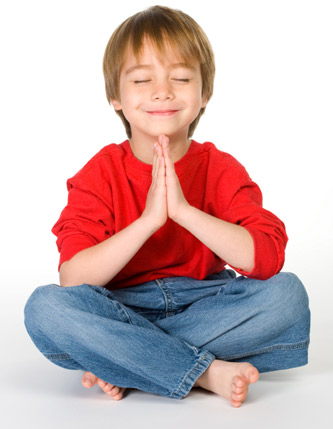
Yesterday I went to dinner with some wonderful friends. I was overcome with gratitude when Big Jack, a new friend, paid for the entire, expensive, meal. He was so happy to do it. I realize, when I meditate on these things, that part of giving is being able to humbly accept the gifts of others. Recognizing the gift of a kind gesture or a sincere smile is a good way to begin the path towards a healthy balance of giving and accepting (I hesitate using the word "taking").
What really moved me beyond words is when I stuck around and watched my friend play a little bar poker. That is when you put money in this video contraption and use a touch screen to make a bet. I know nothing of this stuff but people seem to really LOVE the game or HATE it...or both! As she was playing I sat next to man who told me his name was John and that he was 72 years old. He could not believe I was 49. That stroked my ego and made me smile. The thing is, I was conscious of cherishing and holding dear my new friend. As he spoke I could literally feel the love in him. We were connected. We laughed, he told me about his girlfriend. He spoke of moving to Niagara Falls, New York from Rochester, New York because his girlfriend lived in NF. He also found out I am Buddhist and sincerely was excited to talk about it...He spoke of his upbringing and what he viewed as deep thought with regard to meditation.
What is amazing is that there was a time when I would have possibly joked about this man or turned away. Instead, I told him he was of value and truly felt it. I enjoyed listening to him and seeing the sparkle in his eye as he eagerly told me about his relationship and views on various subjects. this is the gist of what I am writing about:
Acting out of loving kindness and putting others before myself paradoxically makes me feel wonderful inside. That is not why I do it but the side effects are long lasting and amazing.
I also came upon this advice today:
Advice from Atishaʹs HeartWhen Venerable Atisha came to Tibet, he first went to Ngari, where he remained for two years giving many teachings to the dis‐ciples of fangchub O. After two years had passed, he decided to return to India, and fangchub O requested him to give one last teaching before he left. Atisha replied that he had already given them all the advice they needed, but Jangchub O persisted in his request and so Atisha accepted and gave the following advice:
How wonderful!
Friends, since you already have great knowledge and clear understanding, whereas I am of no importance and have little wisdom, it is not suitable for you to request advice from me. However because you dear friends, whom I cherish from my heart, have requested me, I shall give you this essential advice from my inferior and childish mind:
Until you attain enlightenment the Spiritual Teacher is indispensable,
therefore rely upon the holy Spiritual Guide.
See all living beings as your father or mother, and love them as if you were their
child.
Always keep a smiling face and a loving mind, and speak truthfully without malice.
If you talk too much with little meaning, you will make mistakes, therefore speak in
moderation, only when necessary.
If you engage in many meaningless activities, your virtuous activities will
degenerate, therefore stop activities that are not spiritual.
It is completely meaningless to put effort into activities that have no essence.
If the things you desire do not come, it is due to karma created long ago, therefore
keep a happy and relaxed mind.
Beware, offending a holy being is worse than dying, therefore be honest and
straightforward.
Since all the happiness and suffering of this life arise from previous actions, do not
blame others.
All happiness comes from the blessings of your Spiritual Guide, therefore always
repay his kindness.
Since you cannot tame the minds of others until you have tamed your own, begin by
taming your own mind.
Since you will definitely have to depart without the wealth you have accumulated, do
not accumulate negativity for the sake of wealth.
Distracting enjoyments have no essence, therefore sincerely practise giving.
Always keep pure moral discipline for it leads to beauty in this life and happiness
hereafter.
Since hatred is rife in these impure times, don the armour of patience, free from
anger.
You remain in samsara through the power of laziness, therefore ignite the fire of the
effort of application.
Since this human life is wasted by indulging in distractions, now is the time to
practise concentration.
Being under the influence of wrong views, you do not realize the ultimate nature of
things, therefore investigate correct meanings.
There is no happiness in this swamp of samsara, so move to the firm ground
of liberation.
Meditate according to the advice of your Spiritual Guide and dry up the river of
samsaric suffering.
You should consider this well because it is not just words from the mouth, but sincere
advice from the heart.
If you practise like this you will bring happiness to yourself and others.






